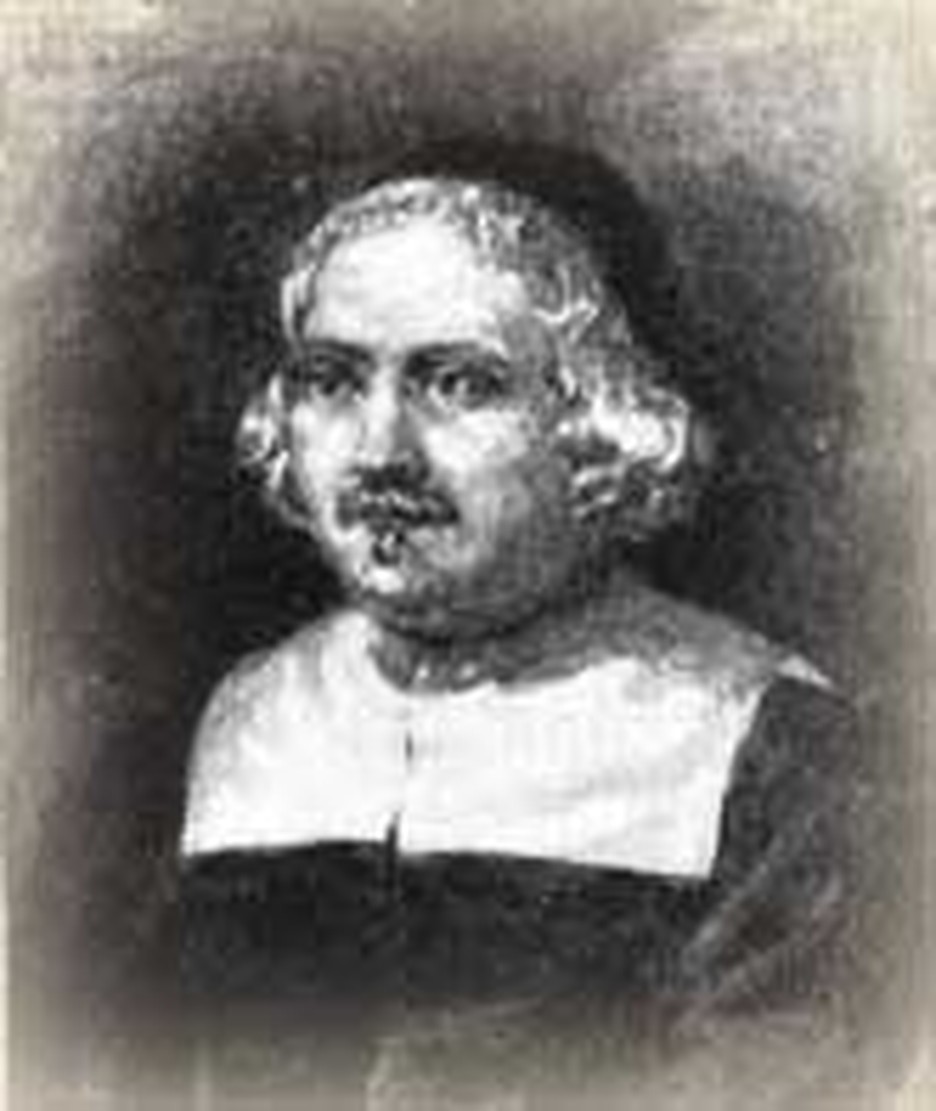
The first log cabin of New Haven went up in the fall of 1637. A few men wintered on the bay that year and in the spring more arrived. Among them was the Reverend John Davenport.
Strong religious overtones marked the formation of the "colony" as the town called itself. Davenport helped form that religious consensus. For example, his first Sabbath day in New Haven, he preached to the little company under one of the many elms which would give the city its nickname, "City of Elms.
Having paid the Indians for land, the settlers sought to establish a colony. Scripture would rule them, they decided. They agreed to meditate and pray for God's illumination on the best way to organize and govern themselves. In 1639, they came to consensus. Again John Davenport played an important role. On this day, June 4th, 1649 the men of New Haven assembled in a barn where he preached and prayed earnestly and proposed four fundamental articles for the governance of the "colony."
His four articles were simple. (1) Scripture contains the perfect rule for government by men in commonwealth, church and family; (2) They were to be guided by scripture; (3) They would create a church as soon as God fitted them for it, and (4) They would establish a civil order to implement these articles and ensure prosperity for themselves and their descendants.
The organization New Haven created was theocratic. Twelve members were chosen to rule the "colony" and seven of them also to serve as the seven pillars of the church, which they organized with the help of nine assistants. They also elected a magistrate and imposed wage and price controls.
This was one of the first autonomous governments by English colonists in the New World. The inhabitants of New Haven swore allegiance only to their own civil government and not to king or parliament. After 23 peaceful years, they were compelled, in 1662, to unite with Connecticut. John Davenport fought this merger fiercely, fearing that Christ's interests would be miserably lost in the unification.
Before coming to the new world, Davenport had distinguished himself as a pastor in England. Because of his Puritan leanings, his election to the vicarage of St. Stephens in London was resisted by other ecclesiastics. He was allowed to occupy the post only after denying he was a Puritan. He proved to be a bold and faithful pastor, remaining at this post even during the great plague of 1625.
If not a Puritan at the time he was elected to St. Stephens, Davenport soon became closely linked with them. When Archbishop Laud took power in England, Davenport fled to Holland. Eventually he migrated to New England and became the luminary of New Haven. Men of Davenport's caliber played leading roles in the young American colonies giving them a strongly Christian tone at their birth.
Bibliography:
- "Davenport, John." Dictionary of American Biography. (New York : Scribner, 1958-1964).
- Jones, Mary Jeanne Anderson. Congregational Commonwealth; Connecticut, 1636 - 1662. Middletown, Connecticut: Wesleyan University Press, 1968.
- Wilson, Woodrow. History of the American People. New York: Harper and Bro., 1902. Source of the image.
- Various encyclopedia articles.
Last updated April, 2007.







